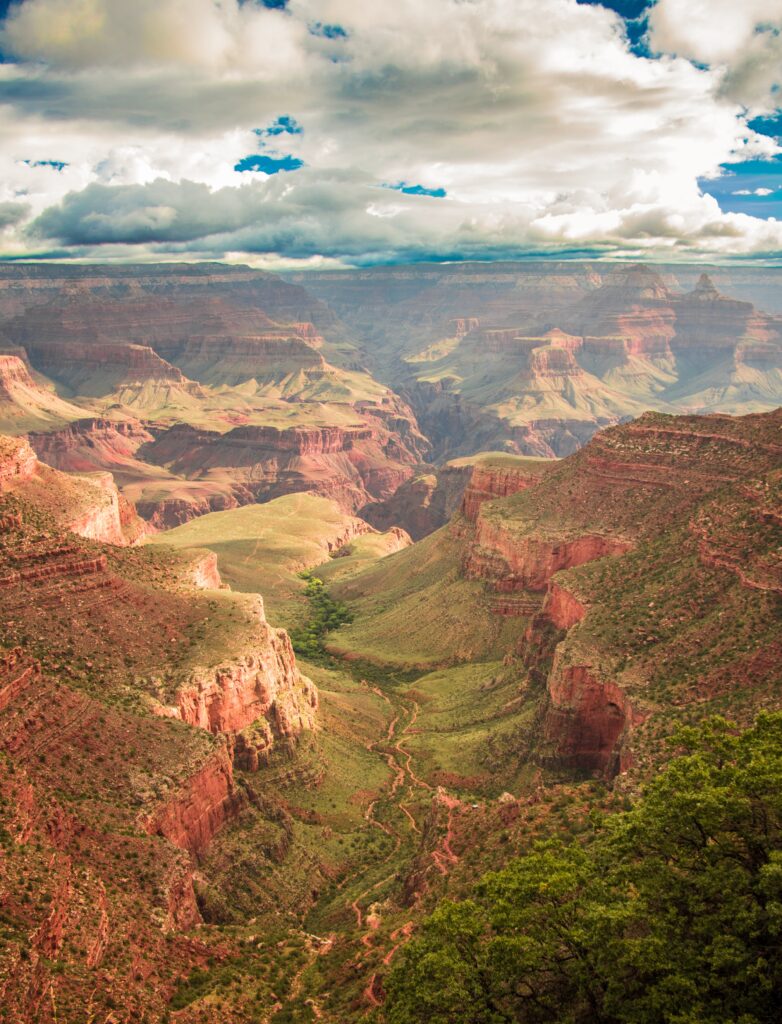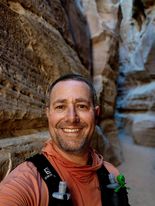Smart Not Hard: Is It Worth Keeping Up?

I have always run with stronger runners, from my road days to my years on the trail. I’ve always been taught that training with faster people will help you become faster. I’ve done this with weightlifting, cycling, and in my professional life. There are definitely benefits, but what are the risks? Let me take you down memory lane. Mine not yours, come on back now. I’m going to tell you why you should do things based on yourself, not others. Do it smart, not hard.
It Didn’t Bother Me, But It Did
As someone who always struggled to keep up with friends on group runs, I told everyone that it didn’t bother me, but it did… for quite a while. Going on a group run and then running it mostly solo defeated the purpose of going out with friends. They would wait at splits in the trail, which was kind of them. It was also necessary as I typically had the keys to the car. I may not be fast, but it gives me more time to think.
The Grand Canyon
In 2020, three of my friends got into my van and set out for The Grand Canyon. We had this awesome idea to do the Rim2Rim2Rim. For those unaware, its roughly 42-50 miles depending on the route and over 10,000 feet of gain. We started the South Rim at roughly 3:00am and ran up to the South Kaibab Trailhead. From there, we started one of the coolest descents I have ever run. We descended into the darkness until the most beautiful sunrise peeked above the horizon.
Keeping Up with My Friends
Eventually we crossed the river and started our climb up the North Kaibab Trail to the North Rim, where you turn around for the second half. I was doing great on the way down and kept up with my friends as we weren’t pushing too hard, but at a decent pace. Keeping up with my friends on the climb up pushed me harder than my body could handle until I started to have heat stroke (the GoPro videos are amazing). I did what we do and stopped in the shade when I could find some and sat down.
ADVERTISEMENT

Moving Forward
I would drink water and eat before getting up and moving forward, sometimes only 20 feet before needing to sit down again. I saw another friend from Southern California on the trail and he really cheered me up. Finally a few miles from the rim, I was feeling good again. I could see the trailhead, my friends, and about 50 people resting. Then I could tell everything I consumed on the climb up was going to make a grand reentrance into the world, so I ducked behind the nearest tree.
I Better Not Say
I made half the journey that day and had to walk the parking lot like… well, I better not say. Eventually I got a ride for my friend and I from an awesome National Parks Contractor who was driving back to the other side for work. It was the best experience and even though we didn’t meet our original goal, we got a guided tour during the drive. That is after we stopped pulling over for more visits from my lunch. We got to a lower elevation, and I felt ready to run again. The moral of my story is that I pushed way too hard trying to keep up with my friends instead of doing what my body needed. In that case, I believe if I hiked slower on the way up, the heat stroke and altitude issues would have been minimized. Run your own race. Run smart, not hard.
Back on the Trails
Don’t let the voice in your head or your faster friends dictate your race strategy. This is a pattern that I have seen in my group runs, the voice in my head, and the goals I set. I herniated a disk on a separate run where I was trying to keep up with my younger girlfriend. I felt great pushing down the hill and was near PR pace. Later that night, I was laying on the floor and could barely move. Now 15 months post-surgery, I am finally back on the trails. I don’t know what the future will hold, but I will be doing things smart, not hard.
ADVERTISEMENT

Brian Goldman is trail runner out of Northern California and father of 3. He has a passion for the mountains, but also a fear of heights. Quesadillas and coke fuel my adventures.









